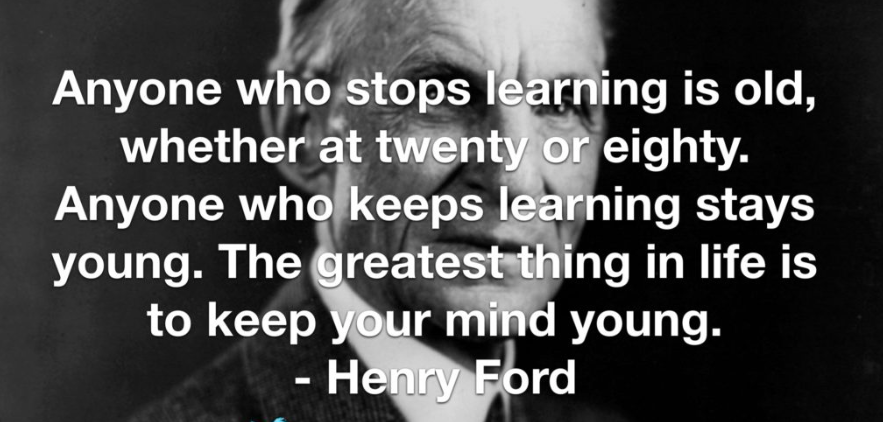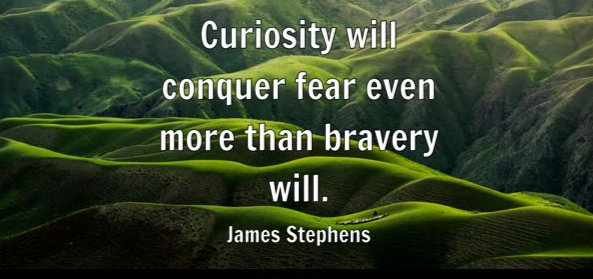Retirement offers the chance to reignite curiosity. Far from being a passive phase, retirement can become a vibrant chapter of exploration, learning, and personal growth—if one embraces the spirit of curiosity.

“We keep moving forward, opening new doors, and doing new things, because we’re curious and curiosity keeps leading us down new paths.”
–Walt Disney.
Curiosity is the innate desire to learn, discover, and understand. In retirement, this drive can be a powerful antidote to stagnation. Freed from the constraints of career obligations, retirees have the time and freedom to pursue interests that may have been sidelined for decades. Whether it’s learning a new language, exploring genealogy, studying astronomy, or mastering watercolor painting, curiosity fuels engagement with the world and keeps the mind agile.

Curiosity is more than idle interest; it is a mindset that fuels engagement with the world. In retirement, when the structure of work falls away, curiosity becomes a compass. It guides retirees toward new passions, hobbies, and relationships. Studies show that retirees who actively pursue “core pursuits”—activities they deeply enjoy—report significantly higher levels of happiness and life satisfaction.

“One often overlooked yet transformative force is curiosity. Far from being a trait reserved for youth or academia, curiosity in retirement can serve as a compass
—guiding individuals toward purpose, connection, and fulfillment.
There are mental and emotional benefits to curiosity. Scientific research consistently links curiosity with cognitive health. Engaging in mentally stimulating activities can delay the onset of age-related cognitive decline and improve memory retention. But curiosity also nurtures emotional well-being. It encourages openness, adaptability, and resilience—qualities that help retirees navigate the transitions and uncertainties of aging. A curious mind is less likely to dwell on limitations and more inclined to seek possibilities.

Curiosity often leads to community. Joining a book club, attending lectures, volunteering for environmental causes, or traveling to new places can spark meaningful interactions. These experiences foster social bonds and combat loneliness, a common challenge in retirement. Curiosity-driven activities create shared narratives and mutual interests, enriching relationships and expanding one’s social circle.
In a society that often equates worth with work, retirement can feel like a loss of identity. Curiosity offers a different lens—one that values exploration over output. It allows retirees to redefine purpose not by what they produce, but by what they pursue. A curious retiree might become a mentor, a student, a traveler, or a storyteller. These roles provide a sense of direction and meaning that transcends traditional career paths.

Curiosity doesn’t require grand gestures. It begins with asking questions, trying something new, or revisiting forgotten passions. Keeping a journal, subscribing to educational podcasts, attending community workshops, or simply walking a different route can ignite curiosity. The key is to remain open—to wonder, to wander, and to welcome the unknown.

In retirement, curiosity is not just a pastime—it’s a compass. It points toward growth, connection, and joy. By embracing curiosity, retirees can transform their golden years into a golden age of discovery, proving that the quest for knowledge and wonder has no expiration date. Where will your curiosity lead you?





